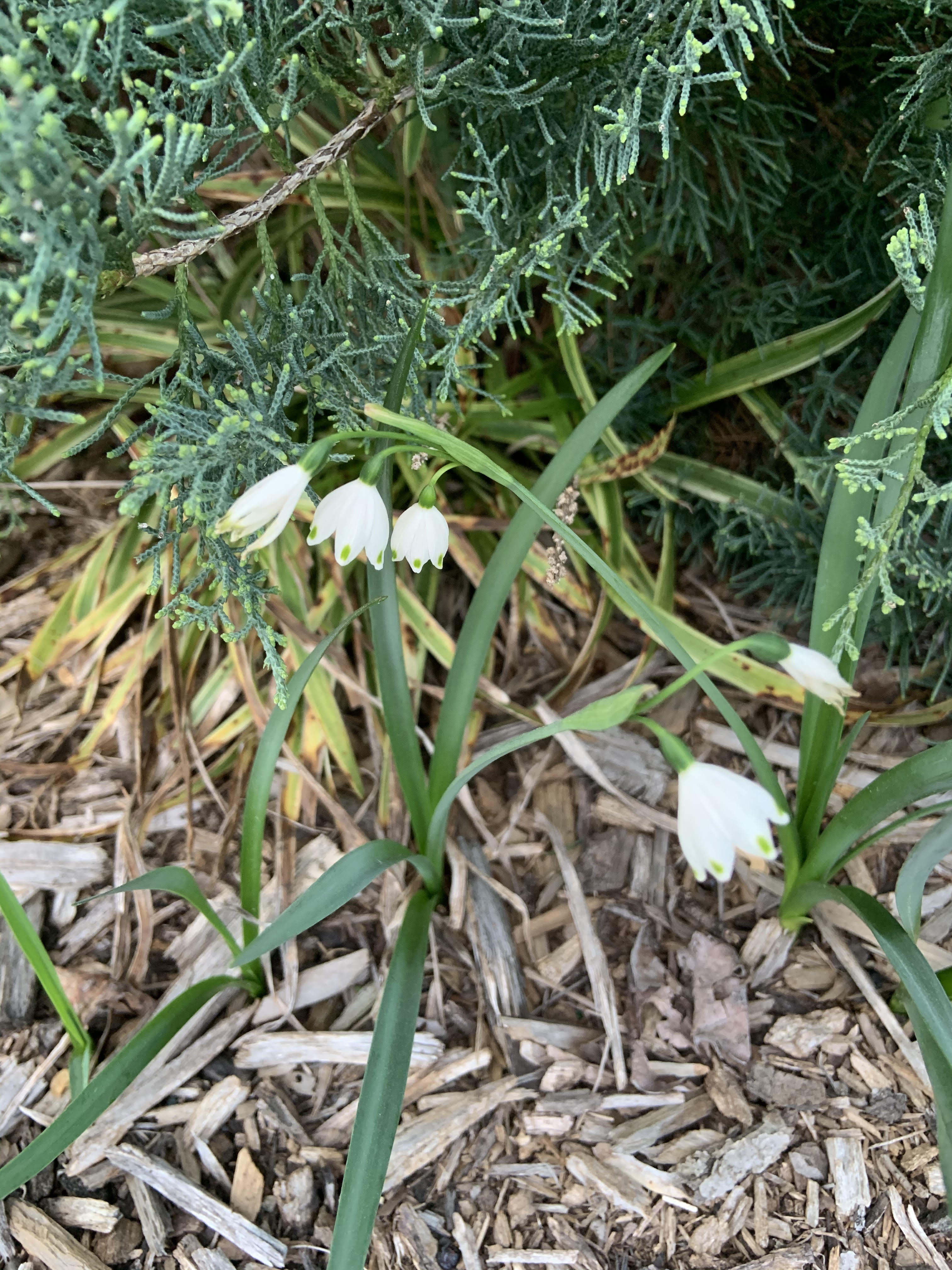Time for Snowdrops
go.ncsu.edu/readext?843431
en Español / em Português
El inglés es el idioma de control de esta página. En la medida en que haya algún conflicto entre la traducción al inglés y la traducción, el inglés prevalece.
Al hacer clic en el enlace de traducción se activa un servicio de traducción gratuito para convertir la página al español. Al igual que con cualquier traducción por Internet, la conversión no es sensible al contexto y puede que no traduzca el texto en su significado original. NC State Extension no garantiza la exactitud del texto traducido. Por favor, tenga en cuenta que algunas aplicaciones y/o servicios pueden no funcionar como se espera cuando se traducen.
Português
Inglês é o idioma de controle desta página. Na medida que haja algum conflito entre o texto original em Inglês e a tradução, o Inglês prevalece.
Ao clicar no link de tradução, um serviço gratuito de tradução será ativado para converter a página para o Português. Como em qualquer tradução pela internet, a conversão não é sensivel ao contexto e pode não ocorrer a tradução para o significado orginal. O serviço de Extensão da Carolina do Norte (NC State Extension) não garante a exatidão do texto traduzido. Por favor, observe que algumas funções ou serviços podem não funcionar como esperado após a tradução.
English
English is the controlling language of this page. To the extent there is any conflict between the English text and the translation, English controls.
Clicking on the translation link activates a free translation service to convert the page to Spanish. As with any Internet translation, the conversion is not context-sensitive and may not translate the text to its original meaning. NC State Extension does not guarantee the accuracy of the translated text. Please note that some applications and/or services may not function as expected when translated.
Collapse ▲Sometimes a name just fits, doesn’t it? Snowdrop, Galanthus nivalis, is a small perennial bulb that blooms in late winter and early spring during the months most likely to have snow. Native to Europe and southwestern Asia, it has become naturalized in parts of the U.S. including areas in The Old North State.
Snowdrops range in height from 3 to 8 inches tall and bear a solitary white, bell-shaped flower. The bloom has three outer petals arching over three inner petals and hangs like a drop from a slender stem. There is also a double-flowered variety. Because of its low level toxic nature, plants are not usually browsed by deer or rabbits.
Like most spring-flowering bulbs, snowdrops are best planted in the fall. Check with your local nursery or garden center for availability as they do not store well over long periods of time. Locate in areas with full sun or part shade. Although they are dormant during summer months, they will benefit from protection from full sun during the hottest part of the day. Choose a site with good drainage and plenty of organic matter or plant in raised beds. Individual plants will not have the visual impact that planting in groups will have. They are compact and slow to get established. Their seeds require temperatures below 20°F to germinate, so they may be short-lived in warmer climates.
A member of the Amaryllidaceae (onion) family, snowdrops spread by self-seeding and by producing bulb offsets, meaning new bulbs develop attached to mother  bulbs. They can be propagated by division. Dig up and divide clumps after flowers fade but stems are still green and replant in new spaces. After bloom, bulbs are in the process of storing energy before becoming dormant through summer and into fall, so don’t remove the foliage until it has completely yellowed.
bulbs. They can be propagated by division. Dig up and divide clumps after flowers fade but stems are still green and replant in new spaces. After bloom, bulbs are in the process of storing energy before becoming dormant through summer and into fall, so don’t remove the foliage until it has completely yellowed.
Snowdrops grow best in naturalized or woodland areas where they can spread. Their size will suit rock gardens, winter gardens, and moon gardens where they can be seen at night. For more information, go to http://plants.ces.ncsu.edu/plants/galanthus-nivalis/ or hgic.clemson.edu/planting-deer-resistant-fall-bulbs.
Snowdrops are one of the earliest flowers to bloom and a reminder that spring is not far away. Scottish poet George Wilson wrote: “And thus the snowdrop, like the bow that spans the cloudy sky, becomes a symbol whence we know that brighter days are nigh”.
Gail Griffin is an Extension Master Gardener Volunteer with North Carolina Cooperative Extension in Lee County.




